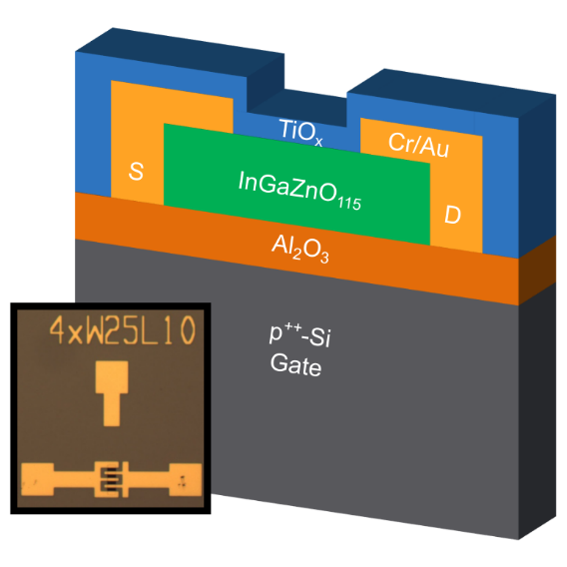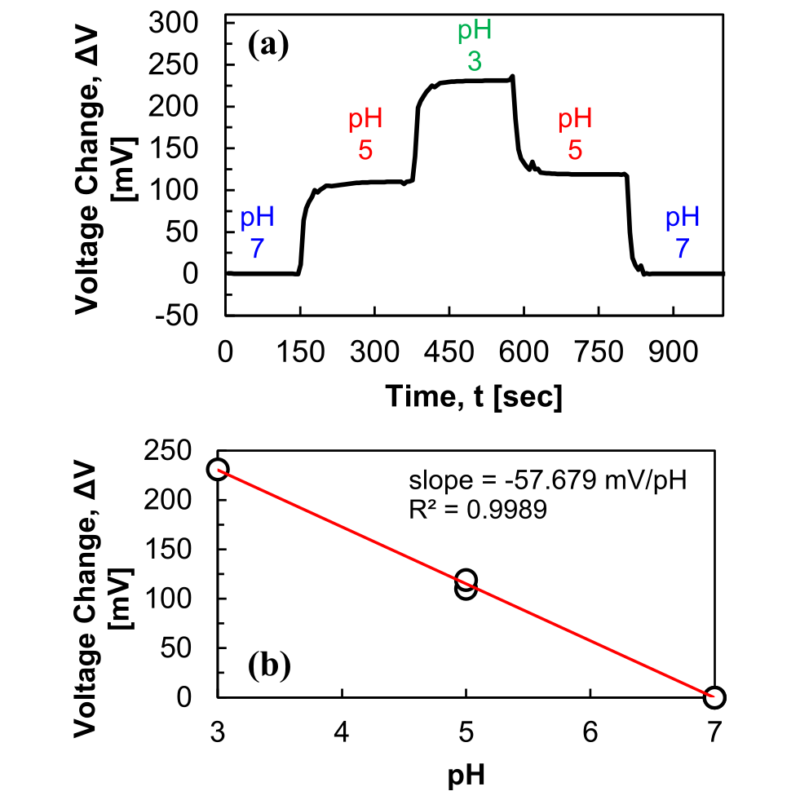NCSU LEADS Research
Our Mission

Sponsors
These organizations have sponsored and/or continue to sponsor Prof. Pavlidis’s research.
Power Devices and Circuits
Through our affiliation with PowerAmerica, we are actively investigating the development of next-generation power devices using wide bandgap semiconductor materials, in particular gallium nitride (GaN) and silicon carbide (SiC). We design, fabricate and characterize power devices to maximize performance and assess reliability.
Example of Major Contribution: We demonstrated the first GaN-on-SiC HEMT-based power amplifier embedded within multilayer organic laminates, providing more than 7W of output power in a light-weight, low-cost form.
Please explore our publications for more information.
Flexible and Transparent Electronics
Example of Major Contribution: First to investigate and consequently demonstrate the use of low temperature ALD TiOx passivation for InGaZnO TFTs, in turn improving bias stress stability in both air and liquid. This led to our high-performance pH sensing (see below).
Please explore our publications for more information.
High-Frequency Devices, Circuits and Systems
We leverage the unique power handling capabilities of GaN technology to boost output power at high frequencies, and investigate novel techniques to package such devices while taking into account both thermal and RF parasitic effects. This permits us to implement both single-chip, as well as multi-chip, distributed circuit topologies. We have also demonstrated 3-D packages with heterogeneous semiconductor integration to provide best-in-class bandwidth. To provide low-cost and rapid development of high-frequency modules, we have also designed, fabricated and characterized 3-D printed modules up to 110 GHz.
Example of Major Contribution: Reported the widest bandwidth radio frequency receiver using heterogeneously integrated SiGe and GaAs chips in an encapsulated package.
Please explore our publications for more information.
Chemical and Biological Micro-Sensors
Example of Major Contribution: We demonstrated the first double-gated TFT pH sensor with super-Nernstian sensitivity using low temperature processes for flexible and portable sensors.
Please explore our publications for more information.



















